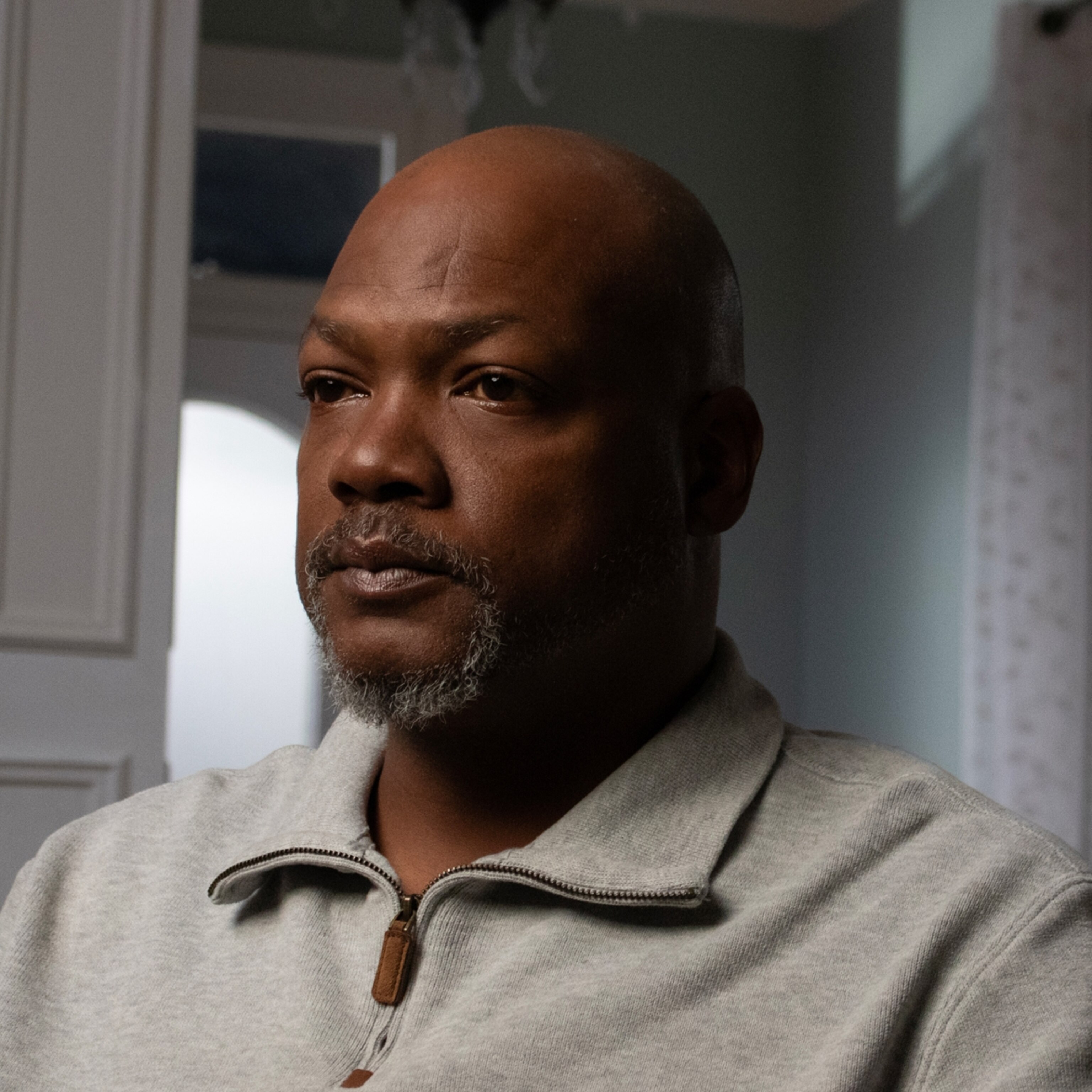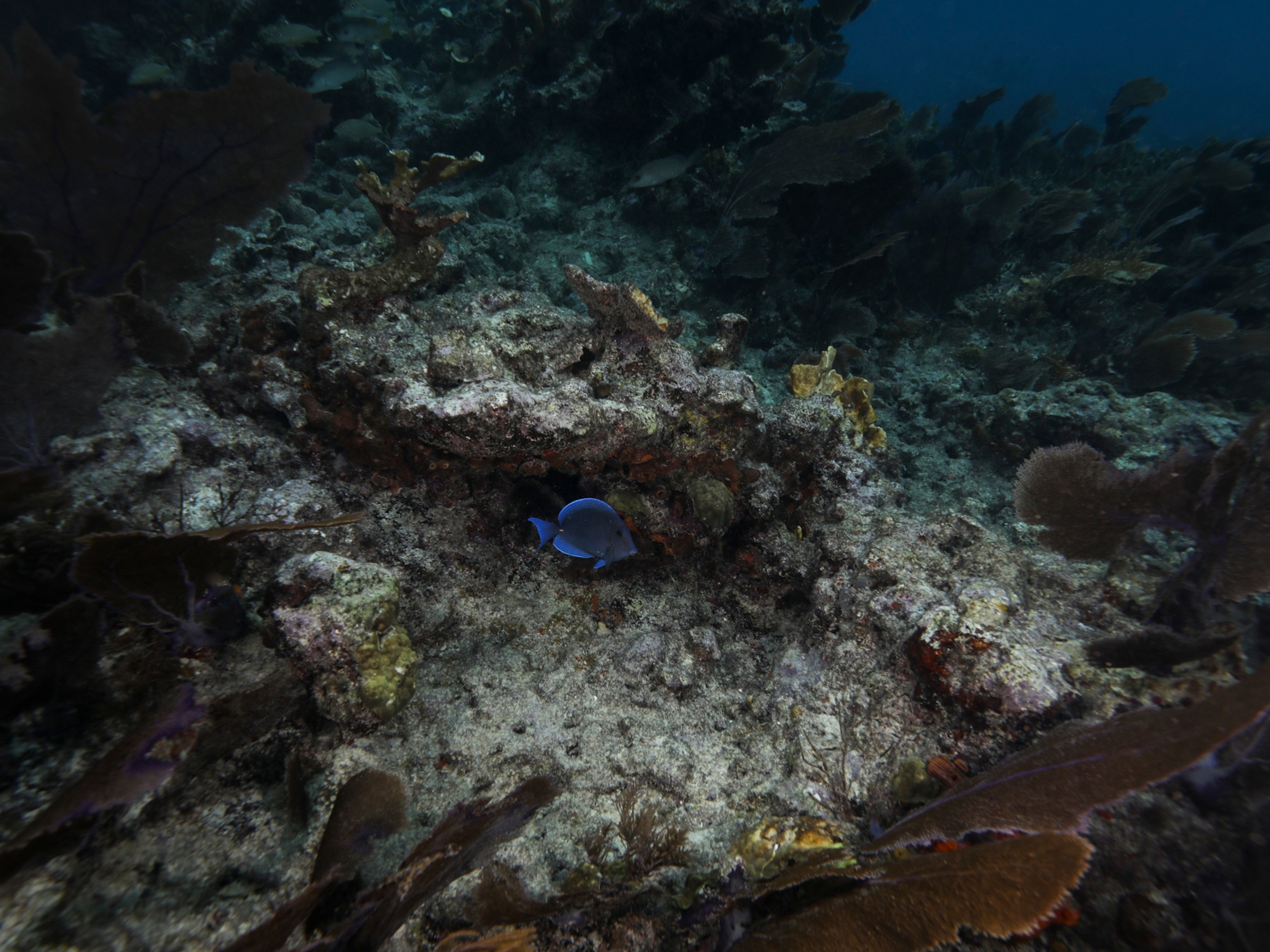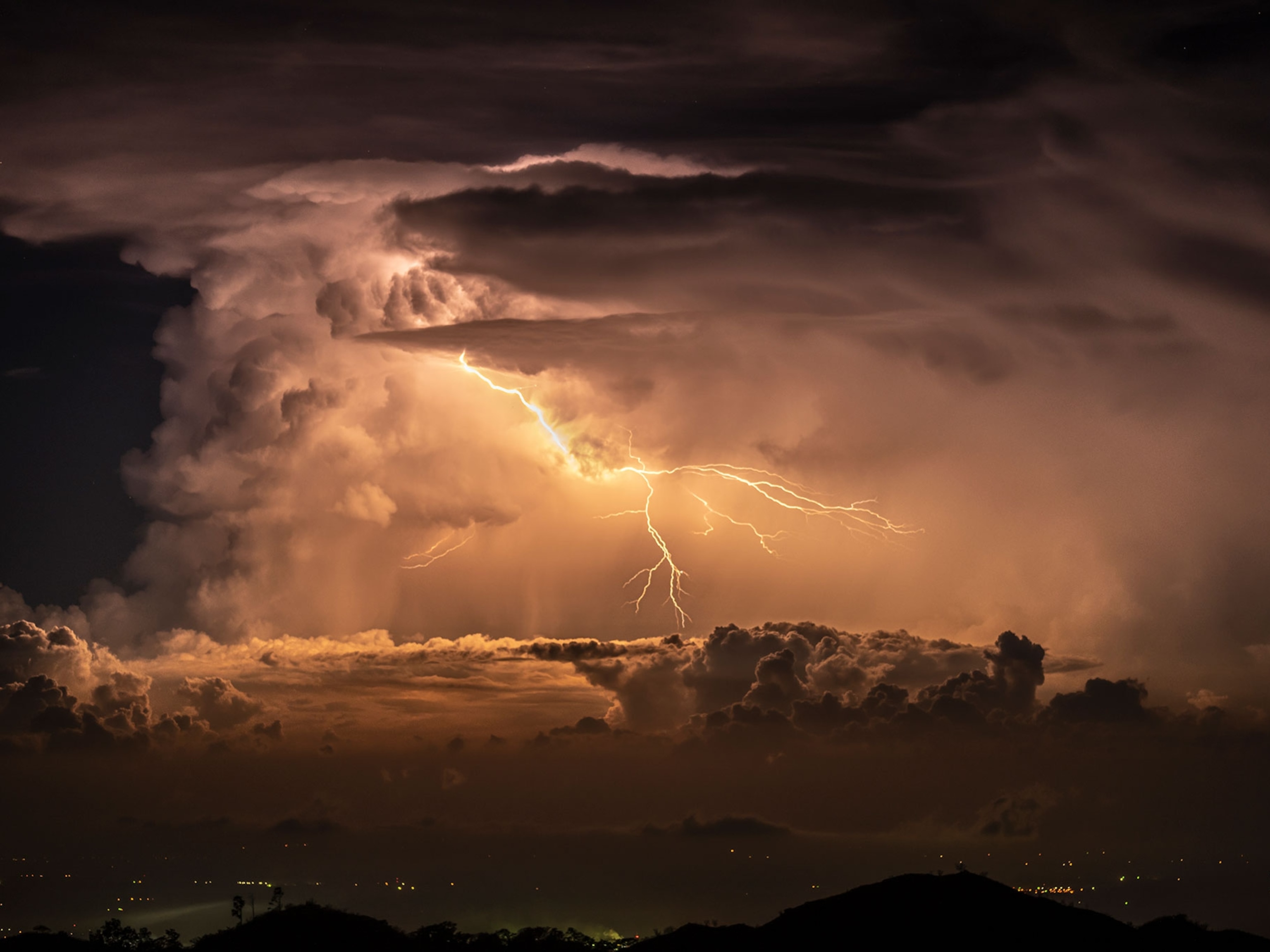
Hurricane Science: How Storms Like Arthur Form and Grow
It comes down to warm ocean water and the Earth's eastward rotation.
As Hurricane Arthur, the season's first hurricane, gathers strength off the U.S. southeast coast, thousands of Americans who were looking forward to baseball games, barbecues, and beaches are preparing for a windy, water-soaked July 4th holiday.
So how do these storms that can upend our best-laid plans form and grow? The oversimplified answer: Warm ocean water plus the Earth's eastward rotation.
"They're heat engines," said meteorologist Jeff Masters of the website Weather Underground. "They take heat from the oceans and convert it to the energy of their winds. They're taking thermal energy and making mechanical energy out of it."
The natural engine that is a hurricane is fueled by warm, moist air. The storms move heat from the ocean surface high into Earth's atmosphere. They can travel thousands of miles from the tropics toward the Earth's Poles.
Like all hurricanes, Arthur developed over warm ocean waters. Hurricanes that form in the Atlantic Basin—which includes the Atlantic Ocean, Gulf of Mexico, and Caribbean Sea—are often spawned by late-summer thunderstorms that roll off the west coast of Africa near the Cabo Verde Islands.
Atlantic Basin hurricanes rotate counter-clockwise and are one form of a tropical cyclone, which also form in the Pacific Ocean. In the western Pacific, they're known as typhoons. (See "Typhoon, Hurricane, Cyclone: What's the Difference?")
The Earth's rotation affects tropical cyclones in the Southern Hemisphere differently. They rotate clockwise.
Hurricanes also form in the Caribbean Sea and sometimes—especially in early summer—in U.S. coastal waters. Hurricane Arthur formed off South Carolina.

Getting Started
Warm, moist air rising from ocean water heated to at least 80 degrees Fahrenheit starts the sequence of events that culminates in a hurricane. This rising air means that there is less air at the surface of the ocean, creating an area of low pressure. The low pressure draws air from surrounding areas of higher pressure. Winds begin to stir.
Clouds form as the warm air rises and cools. The Earth's rotation imparts a spin on the developing storm. If conditions around that developing storm system are favorable—that is, if the system stays over warm ocean waters and does not encounter upper-level winds that interfere with its development—the rotation will gain momentum.
The winds around the storm's center increase in speed and power, lowering pressure at the center and speeding the swirl of air even more. As wind speed continues to increase, the hurricane gains momentum. When the storm's peak sustained winds reach 74 miles per hour, it becomes a hurricane.
As that momentum builds, a cone of clouds forms, similar to a fireplace chimney. The cone can tower 50,000 feet above the ocean surface.
As long as the hurricane is over warm water and the flow of warm air through the "chimney" isn't disrupted, the storm will thrive and gain strength.
But if the ocean water becomes cooler or the hurricane's updraft is blocked by upper-level winds, the hurricane's momentum will be disrupted and it will lose intensity. (See photos of hurricanes and the damage they can do.)
Strongest Storms
When a hurricane encounters perfect conditions, its power can become immense and can be calculated only in terms of multiple atomic bombs. Occasionally, a hurricane's strongest winds around its center can reach 200 miles per hour. Such storms can level cities.
Hurricanes this strong also carry the seeds of their own destruction, however. As a hurricane becomes extremely intense, the diameter of its eye-wall contracts. Eventually, a new eye-wall will start to form around the old one. The new eye-wall acts as a throttle, choking the hurricane's momentum and causing its winds to diminish.
Hurricane Arthur isn't expected to become this intense. Still, its strongest winds could approach 100 miles per hour as it nears North Carolina's Outer Banks barrier islands Thursday night.
Effects of Climate Change
Kerry Emanuel, a professor of meteorology at Massachusetts Institute of Technology and co-author of a recent study examining where hurricanes reach their peak intensity, said climate change could affect the frequency and intensity of future storms in surprising ways.
A warmer climate could make conditions less favorable for hurricane formation, and so fewer storms may form. But because there will be more heat, the hurricanes that do form are likely to become more intense and are more likely to become major hurricanes with winds exceeding 110 miles per hour.
"Fewer storms will make it past the starting gate," Emanuel said. "But the ones that make it past the gate are going to really take off. The destructive potential goes up very fast."
The projected rise in sea level also could make hurricanes more destructive, Emanuel said. The higher sea level would add to the impact of a hurricane's storm surge, which is a mound of water pushed along in front of the storm.
Very intense hurricanes can create storm surges exceeding 20 feet in some coastal areas. A higher sea level would only add to the destructive potential of a storm surge.
Although Hurricane Arthur comes early in the 2014 hurricane season, Weather Underground's Masters doesn't think the storm negates forecasts of a quieter-than-usual summer.
The peak of the hurricane season is still two months away. Late-season storms typically form in the Caribbean and off the west coast of Africa. Water temperatures there are cooler than usual, and upper-level winds are likely to make it more difficult for late-season storms to form, he said.
"Water temperatures have not been this cool since 2002," Masters said. "Arthur doesn't change the thinking for a quiet season during August, September, and October."








